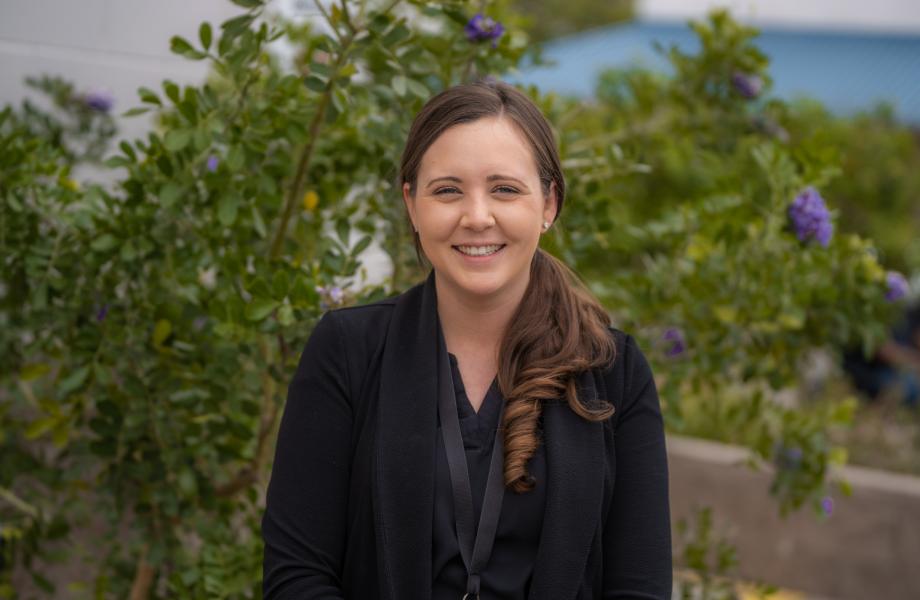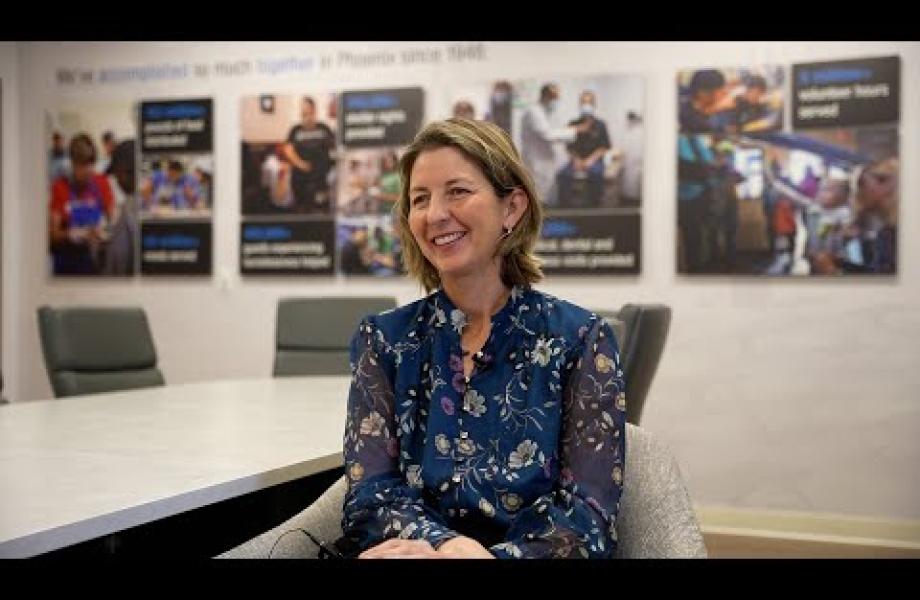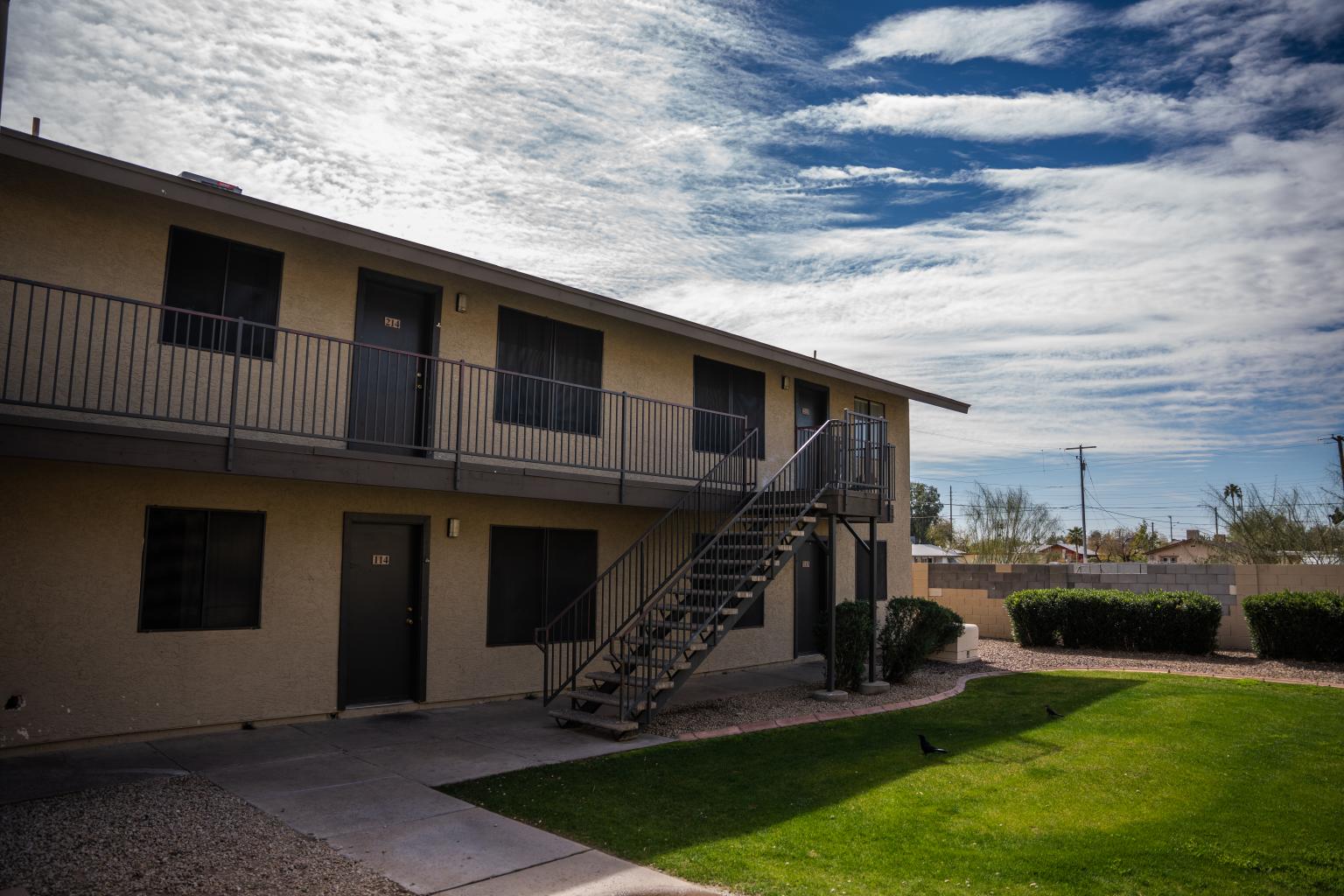
Let’s talk: Arizona’s affordable housing crisis
Talk to experts in the homelessness and housing arenas and you’ll likely hear two things: First, that there aren’t enough shelter beds for every person experiencing homelessness. And second, that shelter is merely an emergency measure to immediately address the issue but doesn’t fix the root cause of our homelessness problem, which is a “lack of affordable housing.”
So often we hear that phrase and quick explanation for the crisis on our streets. But what does it really mean, and how does it play out in people’s lives? Katie Gentry, regional homelessness program manager for Maricopa Association of Governments, joined St. Vincent de Paul’s Housing 2025 communications team for a conversation to get to the core of the core issue — affordable housing.
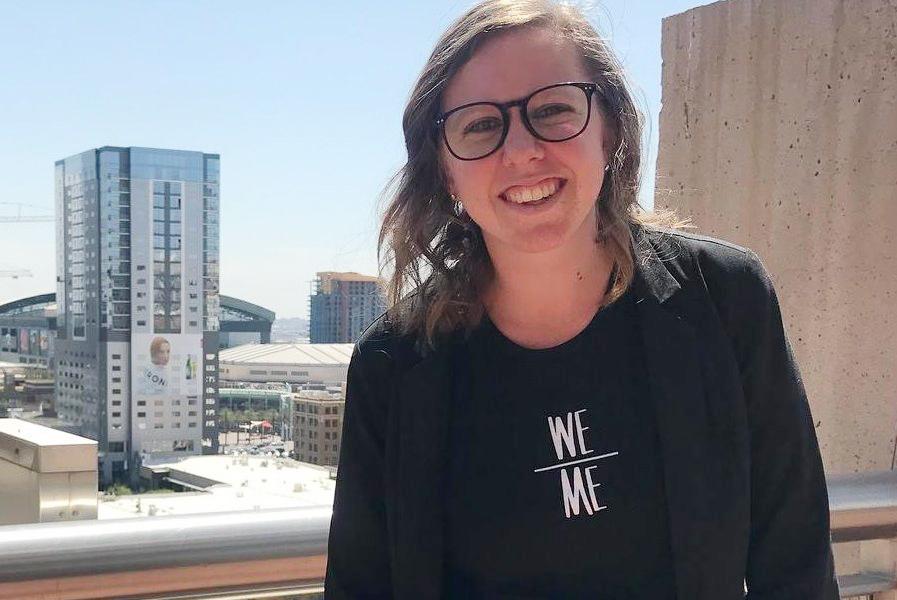
As simple as this may seem, how does affordable housing affect homelessness?
Katie Gentry: At the very basic core, we don't have enough housing, and that's why homelessness exists. As much as other challenges also exist for people experiencing homelessness, without housing, it is very difficult to address homelessness. The core issue is a lack of housing that people can afford. We use the term “affordable housing,” which means so many things to so many people, but it's really that there is not housing that people experiencing homelessness can pay for.
What qualifies as “affordable”?
Experts say that you shouldn't pay more than 30% of your income towards housing, utilities being included. The other data point that we often use is: You shouldn’t pay more than 45% of your income for transportation and housing. I like that metric better because it pretty much is required that you have transportation in Arizona. Depending on where you live and the time of travel, public transit can be difficult to meet your needs. As an example of this metric playing out, you may be paying less in rent further from where you work but pay more in transportation to get to that job. Many people pay more than 50% and are severely “cost burdened.” That's more of a research term and a less person-forward term, but really all it's saying is that you should not be paying more than a third of your income on housing.
How much income do you have to earn to afford housing in Arizona?
The National Low Income Housing Coalition puts out a report called the Out of Reach report, which shows that for the Phoenix area, you have to be making $25 an hour to be able to afford housing in our region. How many Arizonans work a minimum wage job or are even making $25 an hour at 40 hours a week? That would be a $52,000 income annually. If you're making minimum wage at $13.85 an hour and working 40 hours a week (which is not super common for a minimum-wage job), then you should not be paying more than $720 in rent per month, which is not common in our market right now. So that's where we have this imbalance of not having enough housing that is lower-price and too many people at this lower income that need this lower-price unit.
How much affordable housing do we have in the Valley and how much do we need?
The National Low Income Housing Coalition has another report called “The GAP,” which shows that for every 100 people that need this lower-price housing, we have 26 available and affordable units for the lowest income (zero to 30% of area median income or roughly someone making $25,000 or less per year). We're the third worst in the country when it comes to this, behind Nevada and California. So, yes, we need more housing, but we need more housing at all income levels because we have vacancies at higher-cost unit apartments, but we have very few vacancies at this lower-income range.
In MAG’s October 2022 housing update, there’s a graph that shows apartment rent, and in Q4 of 2010, over 90% of apartments in Phoenix were below $1,000. In 2022, that same graph now shows less than 10% are below $1,000. I think that is pretty stark and alarming in showing just how things have changed.
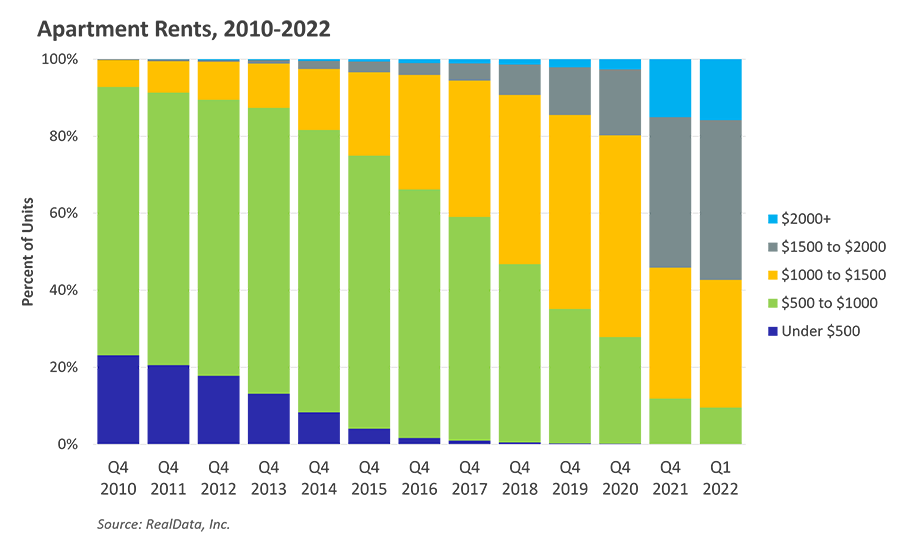
So how did we get to this point where we lacked so much housing in Arizona?
Two big reasons.
- When the 2008 financial crisis happened, Arizona just essentially stopped building. We were actually building faster than our population growth up until 2007, and then the 2008 housing crash happened. However, Maricopa is the fastest growing county in the country, and we aren't building at the rate of housing that we need for our population growth. To give you a reference point: In 2005, we had 48,700 residential units completed. In 2021, we had 27,800. We don't have enough supply compared to the number of people.
- The second reason is the type of housing. We have more single-family homes than any other type of housing which are often more expensive and less accessible to renters. We need more places where you have multifamily locations, shared living situations, or options for less expensive places to live. There was a study that came out that Phoenix was one of the most expensive places to live as a new grad because people choose to live alone. Versus if you were to move to San Francisco or Denver or New York, you would expect to have a roommate and have more affordable living options.
So what’s the hold up with building more apartment complexes and affordable housing?
We have a few challenges when it comes to building affordable housing.
- The cost of building is extremely expensive, from the land to the cost of materials to the cost of labor. When a building is rented at higher prices, it is easier to spread that cost throughout the units while still balancing profit. However, for affordable housing, it is difficult for builders to make a profit.
- “NIMBYism”. When you have a bunch of people saying no, and you have no one saying yes, it makes it difficult to get affordable housing approved. Neighbors have the power to make a difference in voicing their support for the projects in their area and helping that project through the process.
Are there any other alternatives that could help?
One thing we’re spending a lot of time talking about is what does it look like to build alternative options such as SROs (Single Room Occupancies), which are like dorms where there are four rooms with their own bathroom with a locked door, and you share a kitchen. Similar to student housing, but for people who are not in college. The challenge with SROs is that legally, it's not zoned appropriately in Arizona. So you have to rezone to make that happen and go through the rezoning process. Versus student housing is zoned student housing already.
So what can be done publicly and privately to help?
We are working with federal, state, and local resources to better address homelessness at a regional level. More than ever before, jurisdictions have come together to work on Pathways Home: A Regional Action Plan for Local and Tribal Governments. But even with governments working together, we have to figure out more alternatives to address homelessness like roommates, more housing, and all of us working together. We have to start humanizing the people who will occupy the housing, putting faces to narratives so that people are open to new housing being built in their neighborhood. When I talk to friends and family, I spend a lot of time talking to them about how people don’t realize how close you are to somebody experiencing homelessness—that just because you're not one paycheck away, doesn’t mean you don’t know a lot of people who are. And it only takes one thing to go wrong to be in that situation.
What’s the end takeaway?
The biggest thing I would say is we all have to come together to address housing. It’s not talked about enough in the community and at dinner tables. If it’s just the homelessness sector or just the housing sector caring about this and working toward solutions, we're never going to accomplish getting everyone housed. Homelessness is something that needs an all-hands-on-deck approach to actually make a change.

